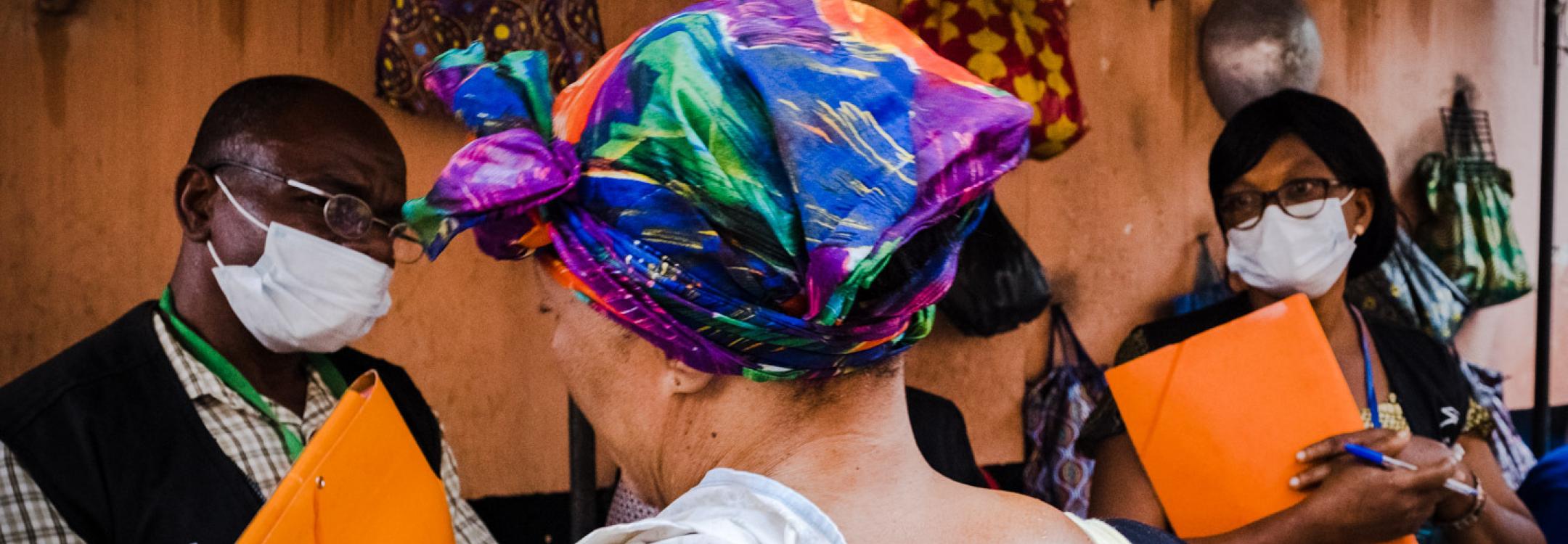What steps are needed to decide on an NPM model?
Mapping
Before arriving at a consensus about the most appropriate NPM model, mapping existing oversight and monitoring institutions is essential. At the same time it is also important to map all places where people are deprived of liberty. These two mapping activities may be done by the government but could also be achieved by civil society or existing oversight bodies, such as the national human rights institution (NHRI).
Any mapping of existing oversight institutions should consider a number of factors, including the key criteria referred to above, as well as practical issues, including:
- Legislation or other basis of establishment
- Existing mandate and jurisdiction
- Existing powers, including in relation to both public and private places of deprivation of liberty
- Independence (both real and perceived)
- Existing human, financial and logistical resources
- Relations with the authorities and other relevant actors
- Working methods, and existing practices and experience, including in relation to detention monitoring.
- Immunities and privileges of both elected and hired members and staff
In addition, this process should seek to gather information on the number and type of places of deprivation of liberty in the country, including ‘traditional’ places such as prisons and police stations, as well as psychiatric institutions, migrant detention centers, aged care homes, and others, including those under both private and public control.
Together, this mapping of oversight bodies and places of deprivation of liberty should lead to an understanding of where there are gaps and overlaps in oversight, as well as the different changes (in terms of mandate or powers, for example) that may be needed for different oversight bodies to become OPCAT-compliant NPMs.
Mapping may be a particularly complicated process in federal or decentralised states. Here, the mapping process may wish to consider not just the number and type of places of detention in a given jurisdiction but also their legal framework, who is in charge of relevant policy, and who has day-to-day management responsibility.
Consultations
On the basis of this mapping, the best way to arrive at a consensus about which NPM model is most appropriate is to consult with a broad range of stakeholders in an inclusive and transparent process, involving, for example:
- Members of parliament.
- Technical experts from relevant ministries and departments.
- Civil society organisations, including association of detainees’ relatives, and people with lived experience
- Oversight bodies, including the NHRI and specialised oversight bodies.
- Other institutions or individuals who carry out visits to places of detention (such as inspectorates, judges, and community-based “lay” visiting schemes).
It may also be useful to seek the advice at this stage of other NPMs in the same region or in similar contexts and, in some cases, regional, international and non-governmental organisations such as the SPT.
Relevant Government agencies should proactively publicise the process, opportunities for participation (including both online and face to face meetings), and the criteria, methods and reasons for the final decision on the NPM model – ideally chosen through consensus among those engaged in the consultation process.
This process can take place through meetings and workshops, as well as online and through calls for written comment or contribution.
